Have you ever placed your arms on a table, only to feel the other side’s legs lift off the ground? This usually happens when the leg placement isn’t balanced - your table becomes unstable, and even a small amount of weight can potentially cause it to tip or lean dangerously.
So, if you’re making a table or replacing its legs, how do you make sure they’re properly positioned for stability? We’re about to explain where to place table legs for stability, and everything else you need to know about stabilising table legs.
As well as showing you how to make table legs stable, we’ll also introduce you to our selection of expertly crafted, stunning table legs. Here at The Hairpin Leg Co., we have the best selection of durable, stylish table legs in the UK, and free shipping on UK orders over £50!
The Importance of Table Leg Stability
First of all, why is stabilising table legs so important? Whether it's used for dining, working, or playing, a well-constructed table relies on its legs for balance, weight distribution, and durability. Let’s take a look at why stable table legs are so important.
Preventing Wobbling and Tipping
There’s nothing worse than a wobbly table, which is why learning how to fix wobbly dining table legs is so important. Uneven weight distribution or poorly placed legs can cause tipping, leading to spills, accidents, or damaged items.
Proper leg placement helps evenly distribute weight across the table's surface, ensuring that it remains steady, even on uneven floors. Stability is especially important if there are kids in the house, or when heavy objects might be placed on the table.
Supporting Heavy Loads
Tables often bear significant weight, from stacks of books to heavy dishes or equipment. Without enough support, the legs may buckle or cause the tabletop to sag. Stabilising table legs ensures that the load is evenly supported, preventing stress on weak points.
For larger or longer tables, the best table leg design might involve additional supports such as centre legs or reinforced frames to handle the extra weight without compromising the table’s stability.
Enhancing Longevity
A stable table is a durable table! Poor leg placement can lead to excessive wear and tear over time, such as loosened joints or cracks in the tabletop. By learning how to attach table legs properly from the start, you reduce the likelihood of damage and extend the table's lifespan.
High-quality materials like the best dining table legs combined with understanding the best way to connect table legs result in a piece of furniture that can withstand daily use for years, without wobbling or tipping over.
Functionality for Dining, Working, or Playing
Tables serve a lot of different purposes. Whether you’re using your table as a workstation, a play area, or somewhere to gather and eat dinner together, it needs to be stable.
A dining table must remain steady while meals are served, a work table must provide a firm surface for tasks, and a play table must endure energetic activities without shaking. Stabilising table legs lets you enjoy your table, whatever you’re using it for.
Where to Place Table Legs for Stability
Let’s talk about where to place table legs for stability. Understanding how to install furniture legs with stability in mind makes your table safer, stronger, and more secure. Here’s how to make table legs stable for different types of furniture legs.
Distance From the Table Edge
Placing table legs too far from the edge can create a risk of tipping, especially if weight is applied unevenly. Conversely, positioning them too close to the edge may lead to reduced legroom and an unbalanced appearance. So, how far in should dining table legs be?
In terms of where to place table legs for stability, we usually recommend that you set your legs at least about 5cm in from the edge for rectangular or square tables, and no further than 25% of the way in from the edges. This placement provides optimal support while allowing enough overhang for comfort and aesthetics.
Corner Placement
For tables with four legs, corner placement is ideal for distributing weight evenly. However, the legs should not be flush with the edges; they should be inset slightly to prevent interference with seating and to reduce the risk of the table tipping. Corner placement also ensures that the table remains balanced, even when weight is applied to one side.
Considering the Shape of the Table
The shape of the table significantly impacts leg placement. For rectangular and square tables, legs should typically be placed near the corners, ensuring even weight distribution. For longer tables you may want to increase the distance from the ends of the table to reduce the span and prevent the table from sagging over time. The legs should not be positioned further than 25% of the way along the length of the table though. For tables that are 2m and over you may want to add some extra bracing to the underside of the tabletop to prevent sagging, or better yet choose one of our freestanding table frames.
For round or oval tables, legs should be inset no more than 25% of the diameter of the table. It’s best here to imagine a square tabletop with the corners cut off, and position the legs no more than 25% of the way in from the edges if the corners of the tabletop were still there.
Using Crossbars or Braces
Crossbars, braces, or stretchers can dramatically improve the stability of a table. These additional supports connect the legs, preventing wobbling and reinforcing the table’s overall structure.
Crossbars are especially useful for longer or heavier tables, where added rigidity is needed. Depending on the design, they can be positioned horizontally or diagonally to enhance both strength and aesthetics.
Accounting for Leg Design
Your coffee table leg length and design also influence their placement. Tapered legs, for example, may require more inset placement to avoid instability, while bulkier legs can provide sufficient support even if closer to the edges.
Adjustable or angled legs may require a wider base or additional reinforcement to ensure balance. Always consider the weight and style of the table when determining where to place table legs for stability.
More Tips on How to Make Table Legs Stable
Stabilising table legs isn’t just about their placement. It also depends on the surface your table is sitting on, how the legs are secured, and more. Here are some more tips on how to make table legs stable.
Check the Surface is Level
Uneven floors can cause your table to wobble significantly, even if you’ve positioned the legs perfectly. Use a level to check the floor before placing the table. If the surface is uneven, you might need to add adjustable feet to the table legs or use small pads to balance it.
Secure the Legs Properly
Loose or improperly secured legs are a common cause of wobbling. Ensure the legs are tightly fastened to the tabletop using strong screws, bolts, or brackets. For additional security, consider using locking washers or thread-locking adhesive to keep the hardware in place.
Periodically check and tighten the fasteners to maintain stability over time, especially for tables subjected to frequent movement or heavy use. Check out these tips on how to attach wooden table legs properly for more guidance.
Reinforce Weak Joints
If the joints connecting the table legs to the tabletop are weak, the whole table may become unstable. Reinforce these joints with metal brackets, corner blocks, or wood glue to strengthen the connection. Adding extra reinforcement at the joints is particularly useful for older tables or those made from lightweight materials.
Use a Sturdy Table Frame
A sturdy table frame offers extra support and helps distribute weight evenly across the legs. Frames with crossbars or stretchers offer extra rigidity, preventing the legs from shifting or loosening over time. For larger tables, a well-constructed frame is essential to handle heavy loads and maintain stability.
Get Better Table Legs
Sometimes, learning how to stabilise wooden table legs or how to stabilise metal table legs is pointless if you’re not working with quality table legs. Lightweight or poorly constructed legs may not provide adequate support, especially for heavy or oversized tables.
Instead of putting up with an old set of wonky DIY dining table legs, opt for legs made from durable materials like solid wood, metal, or reinforced composites. Choose a leg design that complements your table’s size and intended use, such as tapered legs for smaller tables or thicker, sturdier legs for larger ones.
Experience Unprecedented Table Leg Stability With the Help of The Hairpin Leg Co. Today!
When it comes to top-quality wooden table legs and metal table legs, there’s nowhere better to look than here at The Hairpin Leg Co. We have the best metal table legs, including modern, minimalist hairpin legs, as well as stunning oak dining table legs.
Our furniture legs are made for makers, and we don’t settle for anything other than the best possible quality. Manufactured to perfection, these legs are easy to install, won’t wobble, and truly stand the test of time.
If you have any questions at all, our expert team is always here to help. From explaining how to paint furniture legs to describing how to change dining table legs, we’re always ready to share our knowledge and advice with you.
We have table frames and many different types of dining table legs to choose from, as well as other premium furniture legs, including:
Take a look at our collections and find the perfect table legs for your next project.
Final Thoughts on Where to Place Table Legs for Stability
So, that wraps up our guide on stabilising table legs. You can’t ignore unstable table legs, as they can cause your table to wobble or even potentially tip over if you lean or place something heavy on it.
While some table legs can be stabilised by making sure they’re positioned correctly, other legs may be too worn, damaged, or poorly constructed to properly support your table. If this is the case, you’re better off investing in a new set of quality table legs.
Here at The Hairpin Leg Co., we make stabilising table legs easy. Made from the best materials, our legs are built to last and manufactured with precision to support your table without tipping or wobbling. We offer free shipping for UK customers, free returns for 60 days, and long-term warranties on all our products.
Don’t put up with an unstable table that could tip over at any moment - protect your table with sturdy, secure legs from The Hairpin Leg Co.
For more tips, check out our guides on how to protect wooden table legs outdoors, how to restore metal table legs, and how to fix table legs.


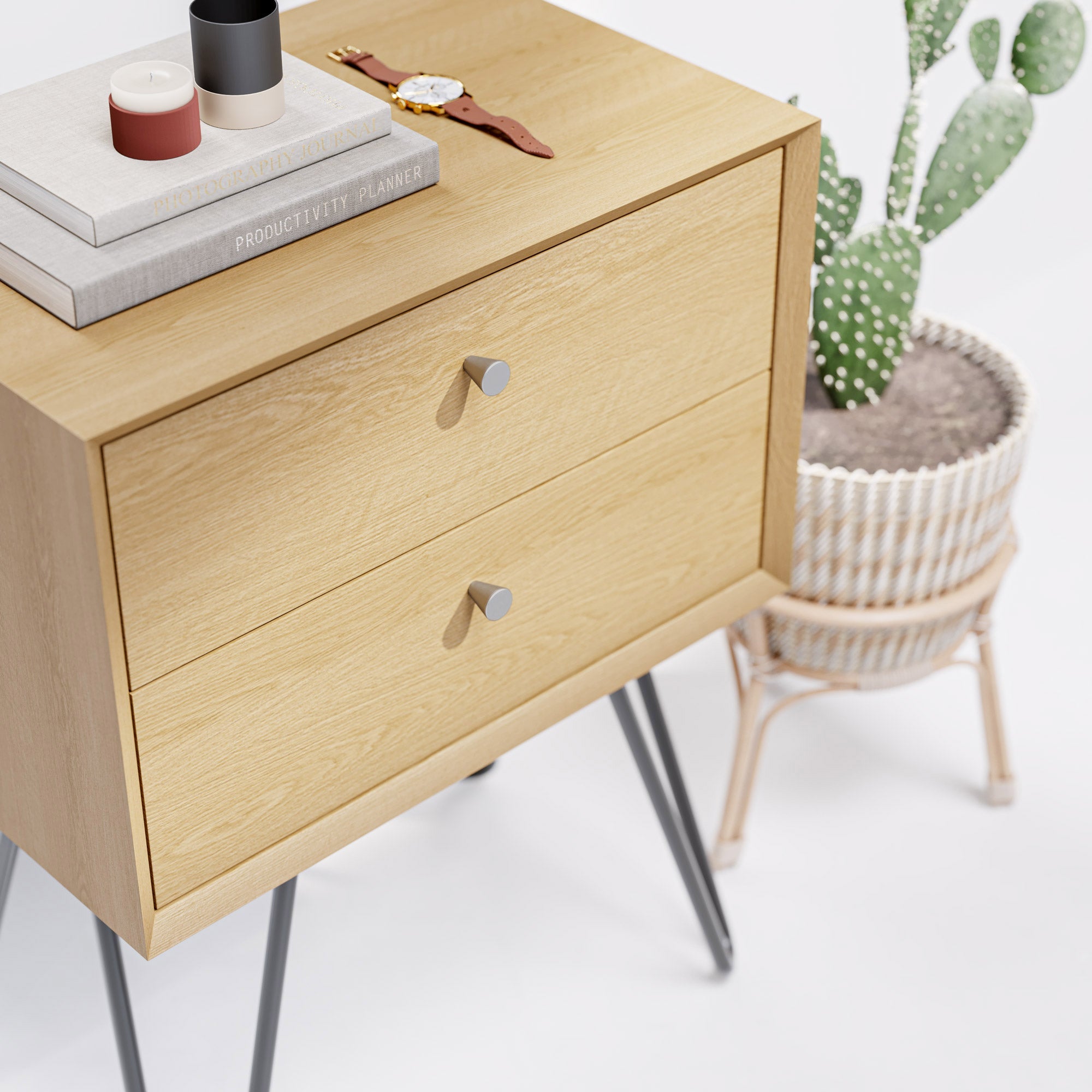
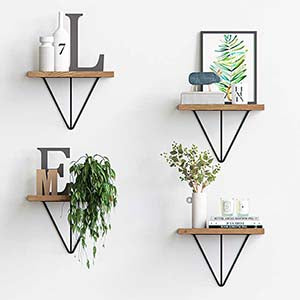
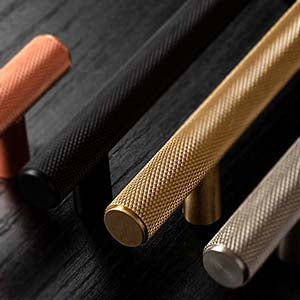
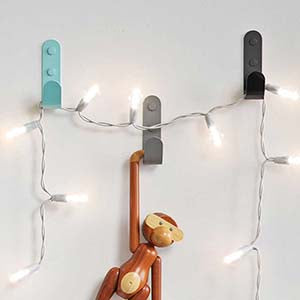
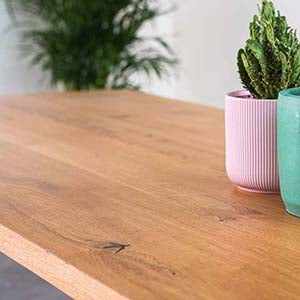
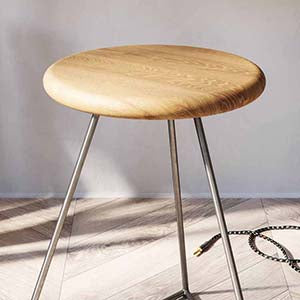
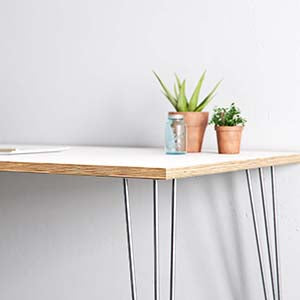
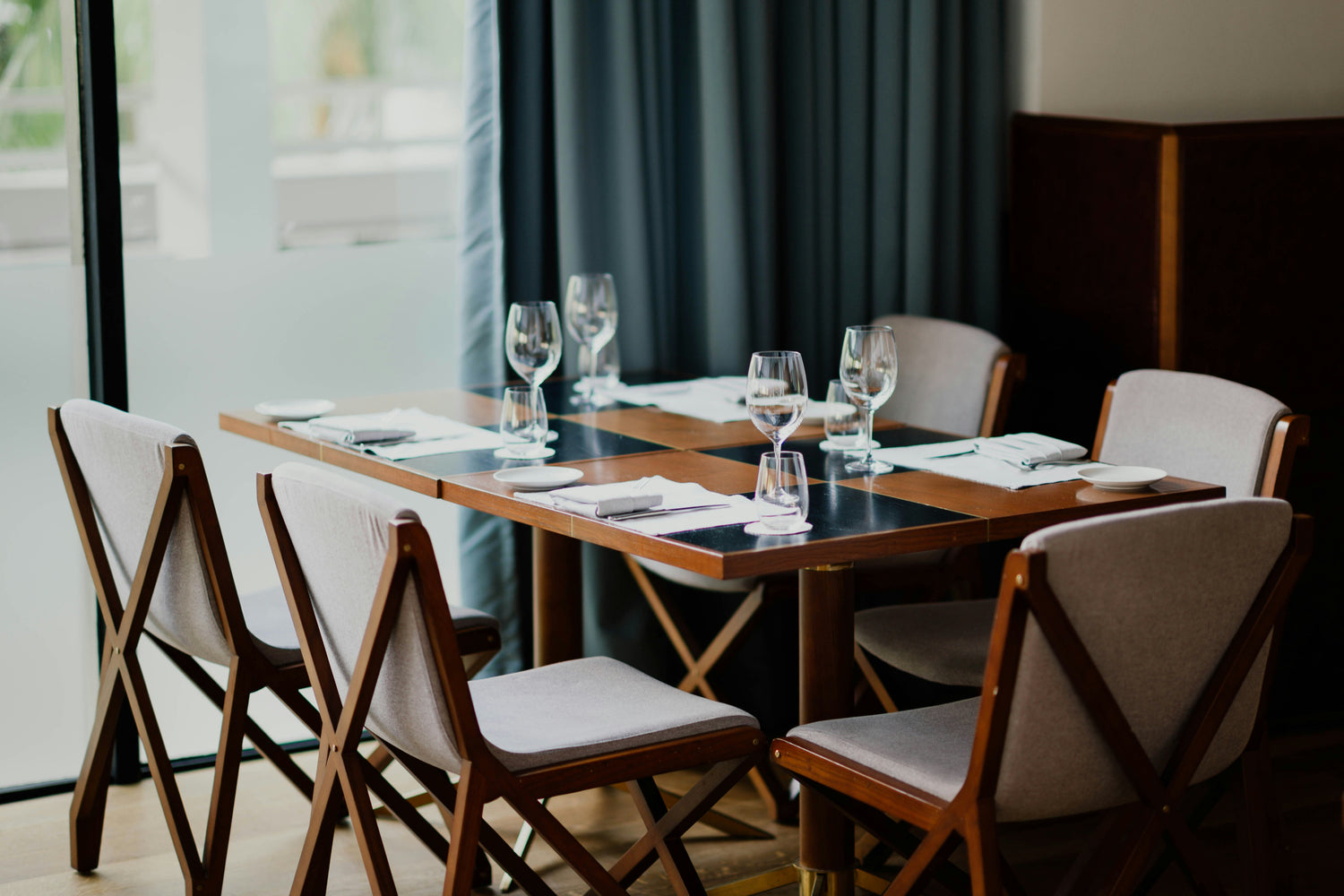
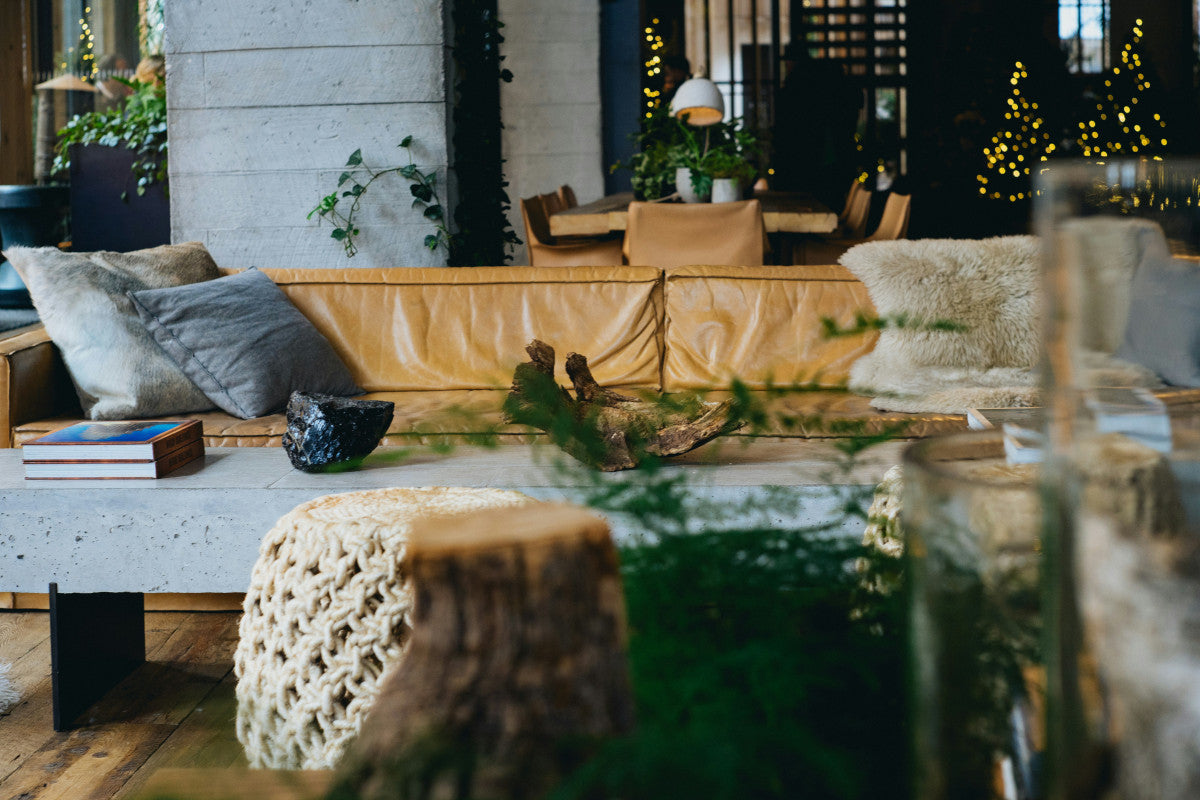
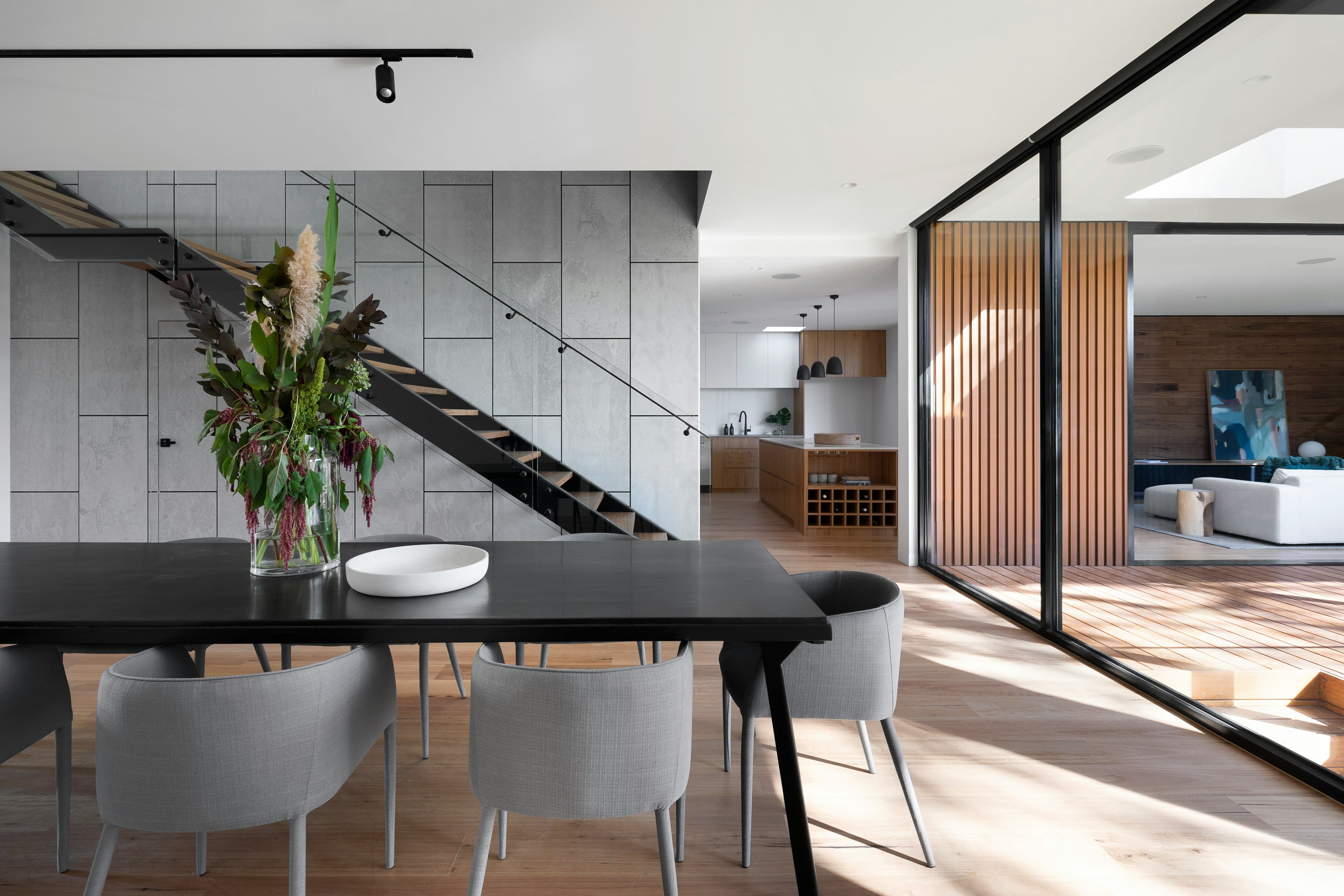
Leave a comment
This site is protected by hCaptcha and the hCaptcha Privacy Policy and Terms of Service apply.